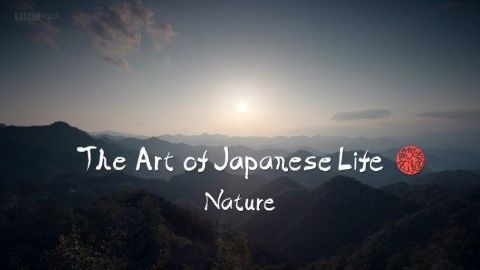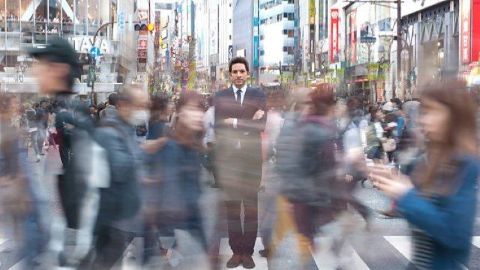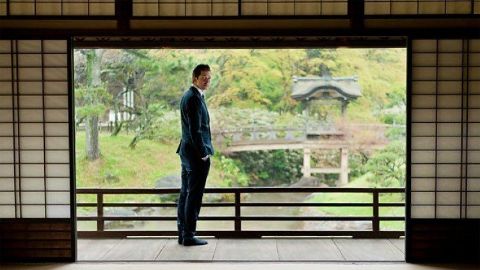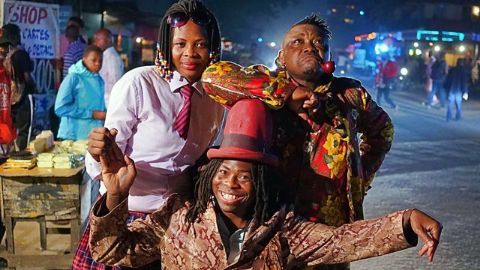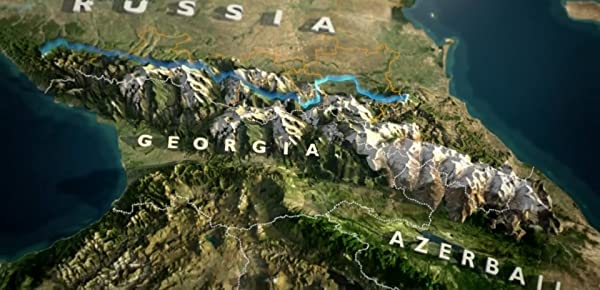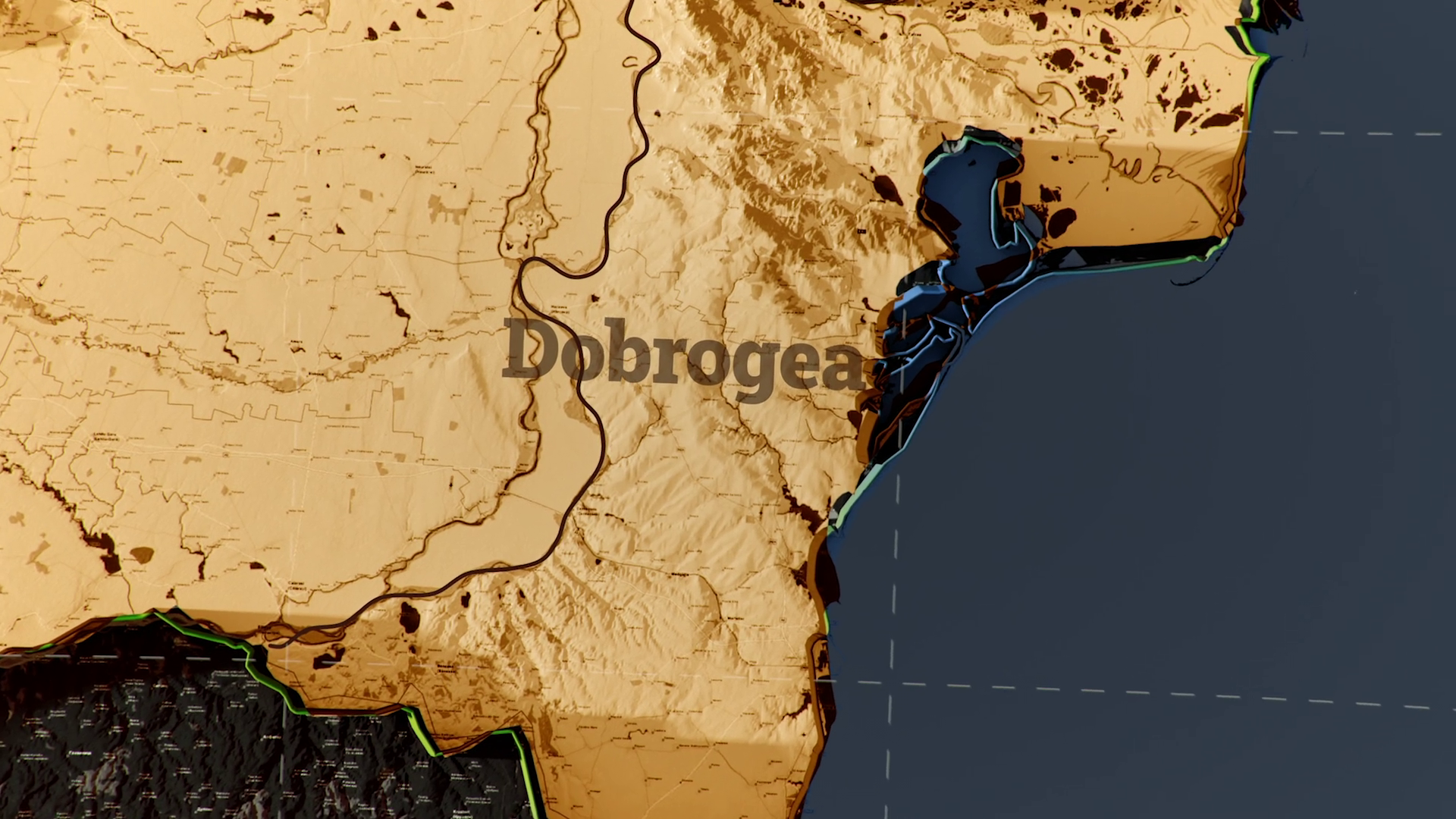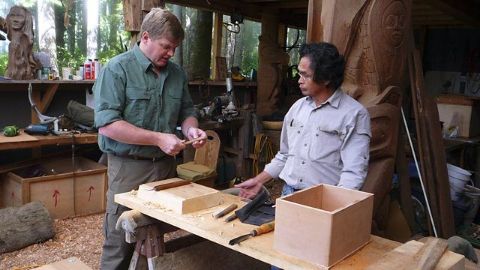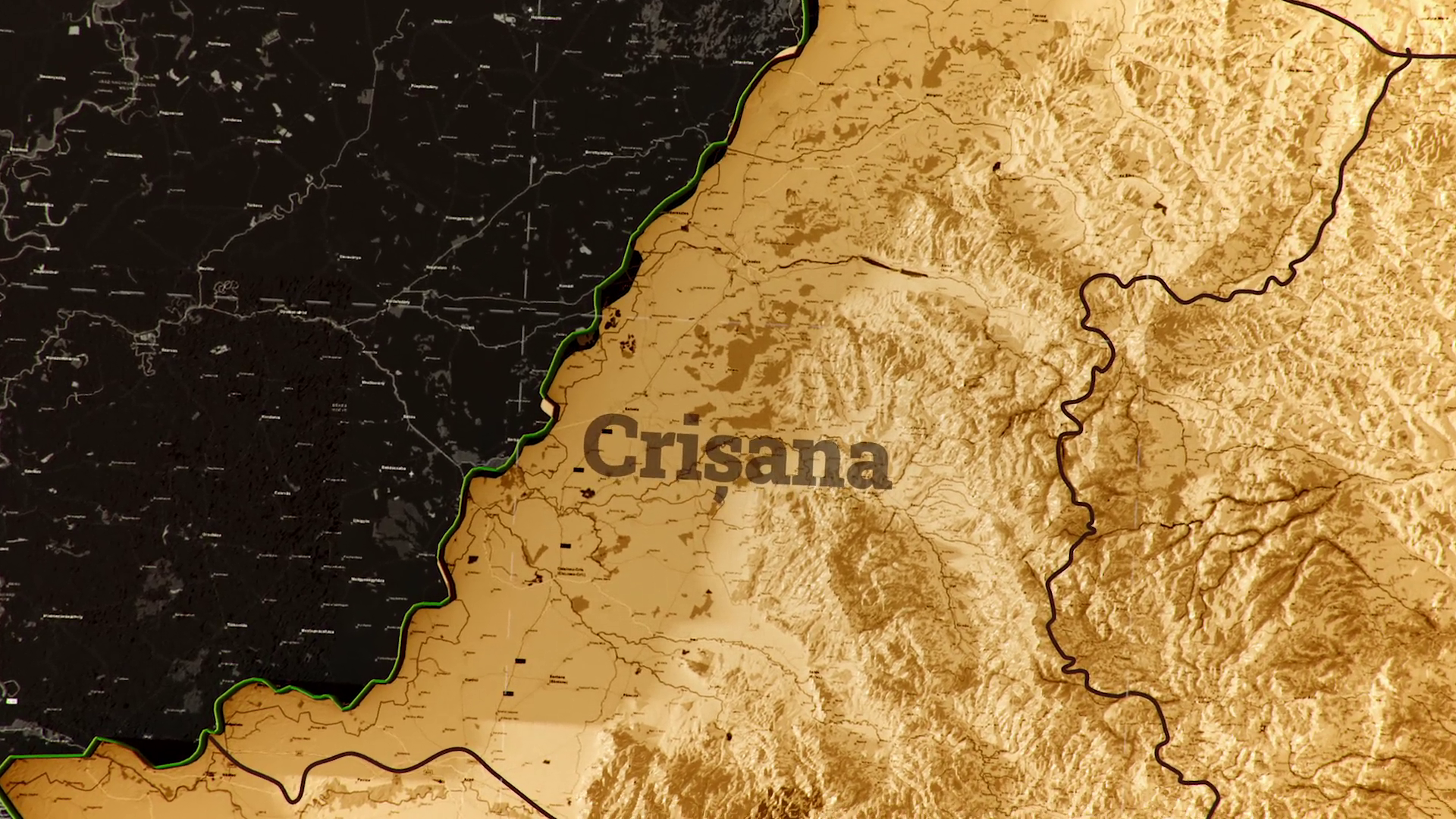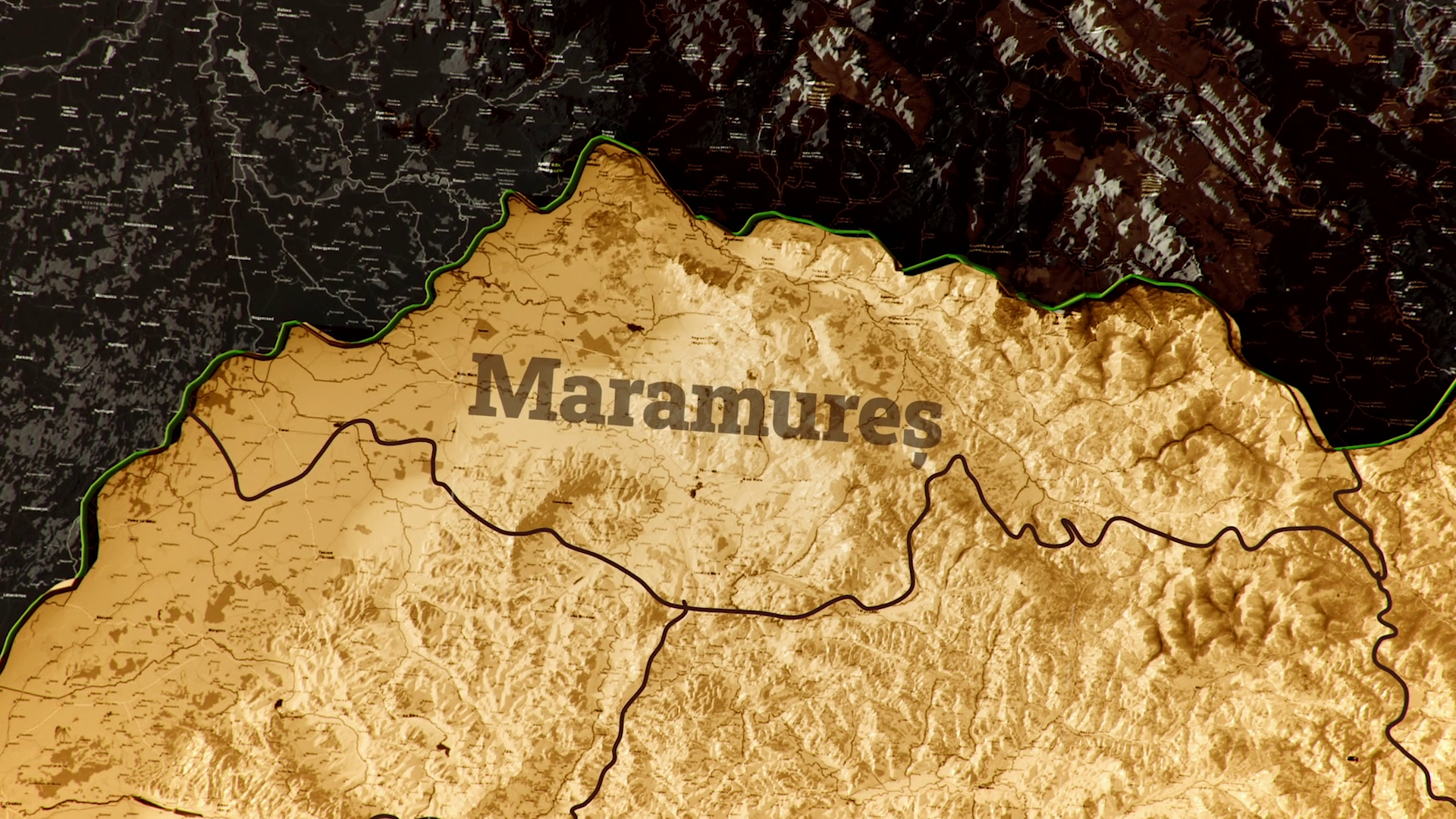Cities • 2017 • episode "S1E2" • The Art of Japanese Life
He explores how the artistic life of three Japanese cities shaped the country's attitudes to past and present, east and west, and helped forge the very idea of Japan itself. In Kyoto, James reveals how the flowering of classical culture produced many treasures of Japanese art, including The Tale of Genji, considered to be the first novel ever written. In Edo, where Tokyo now stands, a very different art form emerged, in the wood block prints of artists such as Hokusai and Hiroshige. James meets the artisans still creating these prints today, and discovers original works by a great master, Utamaro, who documented the so-called 'floating world'. In contemporary Tokyo, James discovers the darker side of Japan's urbanisation through the photographs of Daido Moriyama, and meets a founder of the Studio Ghibli, Isao Takahata, whose film Grave of the Fireflies helped establish anime as a powerful and serious art form.
Make a donation
Buy a brother a hot coffee? Or a cold beer?
Hope you're finding these documentaries fascinating and eye-opening. It's just me, working hard behind the scenes to bring you this enriching content.
Running and maintaining a website like this takes time and resources. That's why I'm reaching out to you. If you appreciate what I do and would like to support my efforts, would you consider "buying me a coffee"?
Donation addresses
BTC: bc1q8ldskxh4x9qnddhcrgcun8rtvddeldm2a07r2v
ETH: 0x5CCAAA1afc5c5D814129d99277dDb5A979672116
With your donation through , you can show your appreciation and help me keep this project going. Every contribution, no matter how small, makes a significant impact. It goes directly towards covering server costs.
